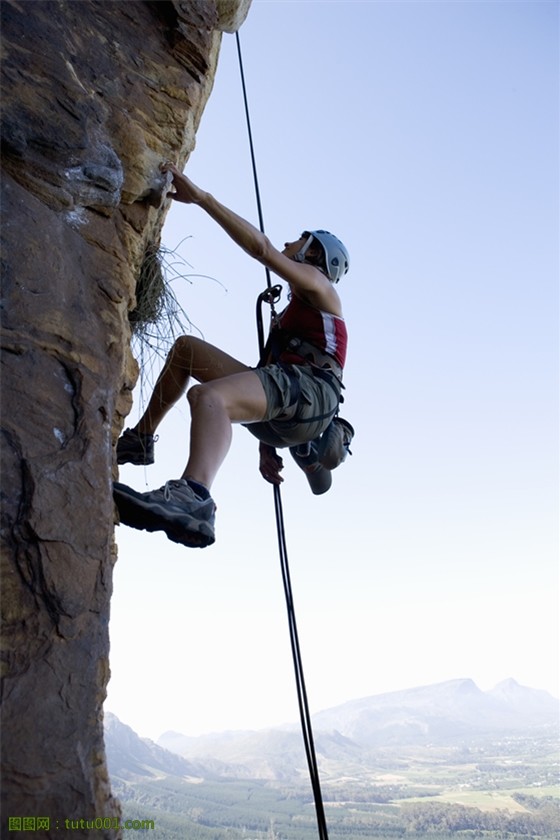题目内容
阅读理解。
Elephants use their trunks (鼻子) the way people use their hands. At the end of the trunk are parts that act
like fingers. These allow elephants to do wonderful things. They pick up their food-parts of trees or maybe just
a nut. They use their trunks to drink water or spray the water over their bodies to cool off. Because elephants
do not see well, they use their trunks as "eyes".They do not walk where their trunks cannot feel the ground.
Carole is a twenty-two-year-old elephant at the San Diego Wild Animal Park. She can paint with her trunk.
Her paintings are sold to make money for the park.
like fingers. These allow elephants to do wonderful things. They pick up their food-parts of trees or maybe just
a nut. They use their trunks to drink water or spray the water over their bodies to cool off. Because elephants
do not see well, they use their trunks as "eyes".They do not walk where their trunks cannot feel the ground.
Carole is a twenty-two-year-old elephant at the San Diego Wild Animal Park. She can paint with her trunk.
Her paintings are sold to make money for the park.
1.Elephants pick up objects with their ______.
[ ]
A. feel
B. fingers
C. teeth
D. trunks
B. fingers
C. teeth
D. trunks
2.Elephants do not ______.
[ ]
A. eat tree parts
B. see well
C. eat nut
D. like water
B. see well
C. eat nut
D. like water
3. Carole is ______.
[ ]
A. a wild animal park
B. an elephant trainer
C. an elephant
D. a city
B. an elephant trainer
C. an elephant
D. a city
4. The word "spray" means ______.
[ ]
A. 喷
B. 饮
C. 舀
D. 掘
B. 饮
C. 舀
D. 掘
5. The best title of the passage is ______.
[ ]
A. Elephants' Trunks
B. A Clever Elephant
C. How Elephants Find Food
D. How Elephants Paint
B. A Clever Elephant
C. How Elephants Find Food
D. How Elephants Paint
1-5: DBCAA

练习册系列答案
相关题目
4. Which of the following is true of Mark Wellman?
A. He realized his dream without anyone helping him.
B. He was badly injured when he climbed El Captain.
C. He dreamed to climb up El Captain for a long time.
D. He climbed up the rock by using a tool for the disabled.
B. He was badly injured when he climbed El Captain.
C. He dreamed to climb up El Captain for a long time.
D. He climbed up the rock by using a tool for the disabled.
5. What can we learn from the passage?
A. friend in need is a friend indeed.
B. Dreams will come true in the end.
C. Each step is important to success.
D. Nothing can stop a strong will.
B. Dreams will come true in the end.
C. Each step is important to success.
D. Nothing can stop a strong will.


